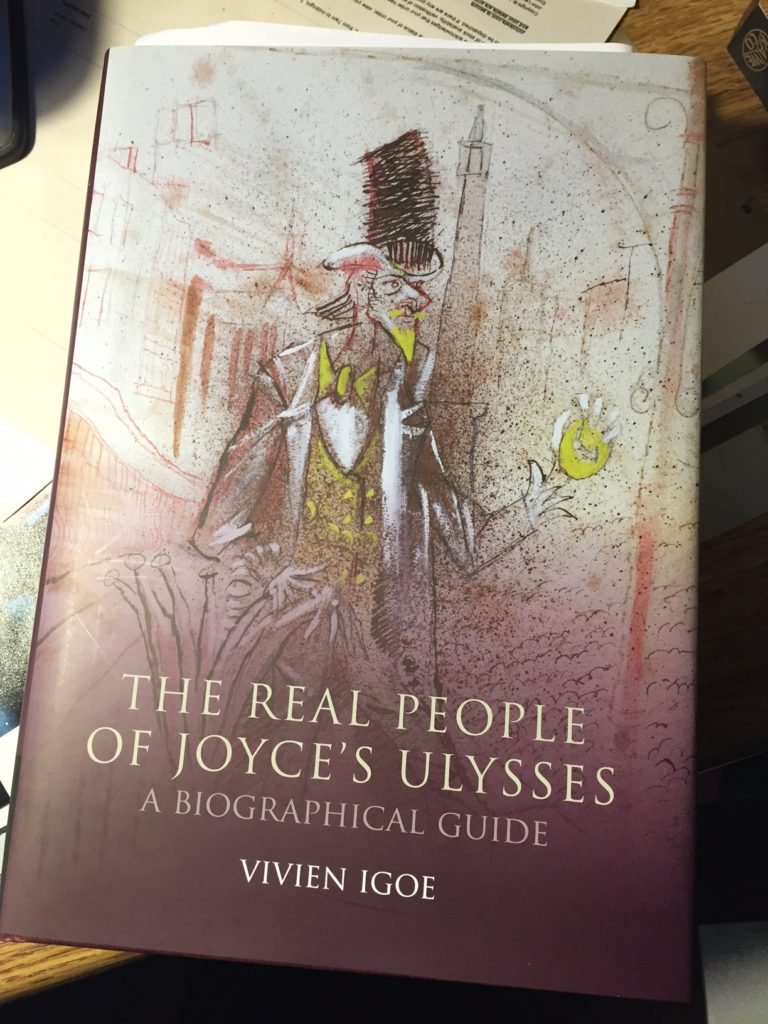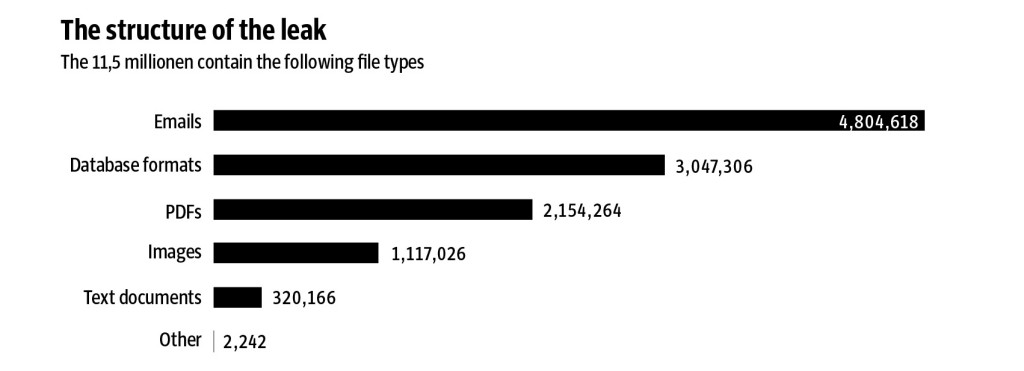Reading a fascinating WashPo interview with Apple’s CEO, Tim Cook, I was struck by this:
We’re a bit larger today, so we can do a bit more than we could do 10 years ago or even five years ago. But we still have, for our size, an extremely focused product line. You can literally put every product we make on this table. That really is an indication of how focused it is. I think that’s a good thing. Regardless of who you are, there’s only so many things that you can do at a very high-quality and deep, deep level — personally and in business. And so we’re not going to change that. That’s core to our model and way of thinking.
This seems very different to the way most successful modern companies operate. With them, the game appears to be to provide a product to match every discernible market niche.
Take Mercedes, for example. I’m perpetually baffled by the various Mercedes model I see on our roads. So I went to the company’s site to try and get a handle on the range.
Here’s what I found. Mercedes sell 28 different types of consumer vehicle in the UK (I’ve ignored the commercial stuff), to wit:
- 3 types of hatchback
- 4 types of saloon
- 4 types of estate car
- 6 different coupés
- 4 different models of cabriolet/roadster
- 6 SUV models
- 1 MPV
My guess (I haven’t checked) that the BMW range is just as diverse/confusing. It must be a hell of a challenge to maintain some level of coherence in this profusion. How do Mercedes sales personnel keep up? Maybe they instantly categorise every customer who comes in the door. As in: Here comes an estate-car customer. Oh, bet she’s a coupé type. He’s definitely S-class material. And so on.
Maybe the contrast between Mercedes and Apple is emblematic of the cultural differences between the tech and the auto industries. In that sense, Elon Musk’s approach to the Tesla range seems much closer to Apple’s.




